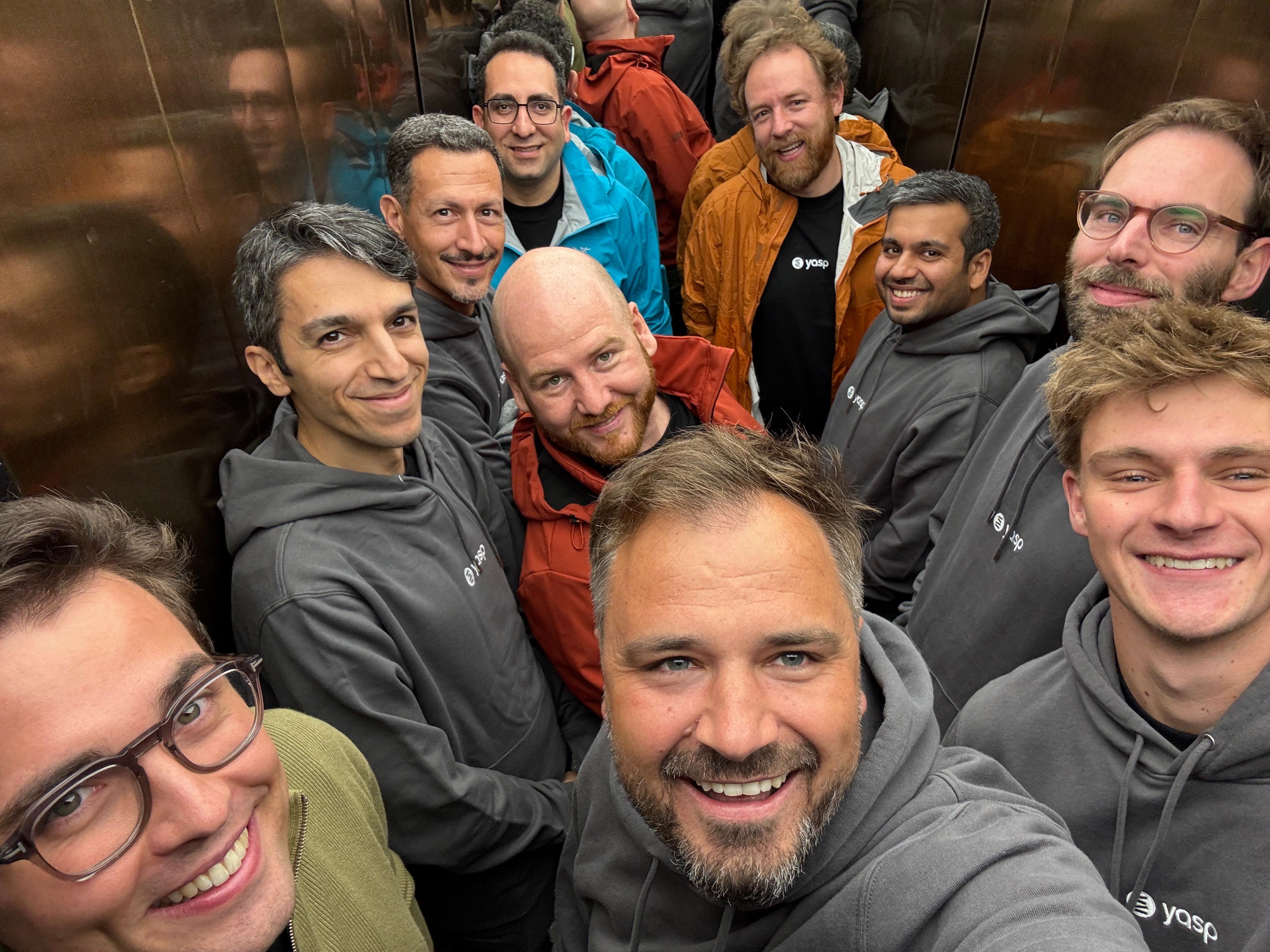After what feels like years of discussion, the finalized German supply chain transparency act was presented by Hubertus Heil, Gerd Müller and Peter Altmeier this February.
Much has been said about this act - both from proponents and opponents. This article will not join the discussion about the scope, feasibility or consequences of the act. Much rather I would like to fully focus on only one of the leading arguments that could be heard from opponents in the past months: “It is impossible to monitor our supply chain and will bind vast amounts of resources, both in time and capital”.
Technology has fueled the ever-increasing complexity of supply chains - and can also give you more transparency now
One of the privileges of working in Venture Capital is the front-seat to innovation and speaking to countless bright minds whose ideas can potentially change industries. So yes, supply chains have become incredibly complex and it will demand time and effort to get transparency over what is happening especially in the Tier-n of the supply chain - BUT let me tell you, technology is here to help! We have already seen several solutions that can support companies in responding to the requirements of the supply chain transparency act, and there are more to come.
But first, let’s take a look at the history of supply chain management and how the - as we will call them in this article - supply chain transparency tools emerged.
Spreadsheets and ERP systems fuelling supply chain management in the 1980s and 1990s
The term “supply chain management” came up in the early 1980s with the emergence of personal computers. The power of spreadsheets elevated the so far manual processes and enabled companies to properly monitor costs and maximize profits in their supply chains. Planning was all the rage and making processes more efficient and especially cutting costs were the maxim at this time.
In the 1990s, ERP (Enterprise-Resource-Planning) systems started their rise in enterprises in the industrial world. The new level of data accuracy and availability and the possibility to combine various databases in one tool drove supply chain management to new levels. ERP systems were a necessary enabler for the ever-increasing complexity of supply chains fueled by increasing globalization. Various other application solutions emerged in those years as well — most of them focusing on performance-related aspects and on making supply chains more efficient. First attempts to use software to monitor human rights and environmental aspects were made by EHSQ (Environmental Health Security Quality) software companies such as the Canadian Cority and Kinaxis, both limited on conditions in domestic production sites though.
The rising awareness of environmental and social impacts of consumption and their analysis with life-cycle assessments
With the departing millennium, people in industrial countries started becoming more aware of the consequences of their consumption, and the study of environmental and social impacts of consumer products emerged. The large share of aspects to be taken into account in such analyses lie in the production, transportation, and disposal of a product. The software-supported optimization of supply chains had often made them so complex though, that the so-called life-cycle assessments (LCA) involved an enormous amount of research and were long limited to elaborate consulting projects. iPoint was among the first companies to offer LCA software in the early 2000s and to make supply chains more transparent.
Another approach to make supply chains more transparent was started by supply chain risk management (SCRM) tools such as riskmethods or prewave. These tools aim to make supply chains more resilient by uncovering potential risks in the supply chain, even in the Tier-n suppliers - the focus is rather on operational than on social or environmental risks with those solutions though.
Consumers pushing towards more transparent supply chains
In the past years, the public’s awareness of the climate urgency has strongly increased and more and more people acknowledge the impact of their consumption habits. This push from consumers to know where their products came from, under what conditions they were produced, and what environmental consequences they might have has put companies under pressure to cater to that information. To enable this, traditional tools began integrating more and more functionalities to tackle these subjects next to their existing efficiency, controlling, and compliance use cases. Around 2015, a wave of newcomers emerged focusing on impact tracking and often specializing in one specific industry such as Everledger (2015) for luxury goods or Minespider (2018) and CarbonChain (2019) for minerals and mining.
As part of the general shift in B2B software from behemoths to point-solutions, these new players can be deployed quickly with low-touch integration and affordable pricing. For the first time, this allows not only large brands to monitor their supply chain impact (though a marginal shift in these large-scale supply chains leads to massive improvements for nature and society in absolute numbers) but also enables smaller companies to jump on that train and play in the same league.
So where are we today? A wide range of technologies to reclaim some transparency into today’s supply chains
In our overview, we clustered tools in four categories according to functionalities they provide:
- Impact: Tools analyzing the environmental and societal impact of supply chains. This may include carbon footprint, land grab/deforestation, hazardous materials, fair labor practices, human trafficking, child labor etc.
- Regulations: Tools analyzing compliance to local laws, internal provisions, and industry standards
- Quality: Tools analyzing the quality of vendors, goods, and components along the supply chain
- Supply chain efficiency: Tools analyzing speed, costs, risk, and other performance-related aspects of supply chains

This overview is by far not exhaustive but should give a tentative overview about how supply chain tools have evolved to increasingly address human rights and environmental issues. These tools are also not the full answer to challenges in the supply chain, but they certainly are a good starting point!
The potential impact of regulatory changes - and the power of consumers
One may assume that the supply chain transparency act will be a strong driver for the companies mentioned here and will result in many new entrants in this area. However, having witnessed various regulatory changes, the resulting expectations towards the rise of certain markets rarely materialized to the extent predicted (GDPR - you remember?). We should not be quick to overinterpret the power of such - in this case even just national - regulations. Nevertheless, it cannot be ignored that consumers are increasingly pushing towards more transparency in supply chains.
What could the future of transparent supply chains look like?
Our outlook for this sector is that there will be more verticalized solutions focusing on specific industries. The many point solutions that we are seeing at the moment will need to move to more of a platform approach - be it enterprise or SME, no user wants to use different tools for each little aspect of their supply chain. The holy grail would be a cockpit keeping track of the four identified functionalities over the whole lifecycle of a product (also logistics!), alert the user when something is off and (and this is where most of today’s solutions fall short) give companies various opportunities to mitigate this risk and act upon it.
We’re looking forward to seeing where the journey of supply chain transparency is heading.
Thanks a lot for the support in researching for this article to our former power intern Dimitri Bilyarchyk, now working his magic at Atlantic Labs!





.png)



.avif)


























.avif)


.avif)




















.avif)
.avif)

